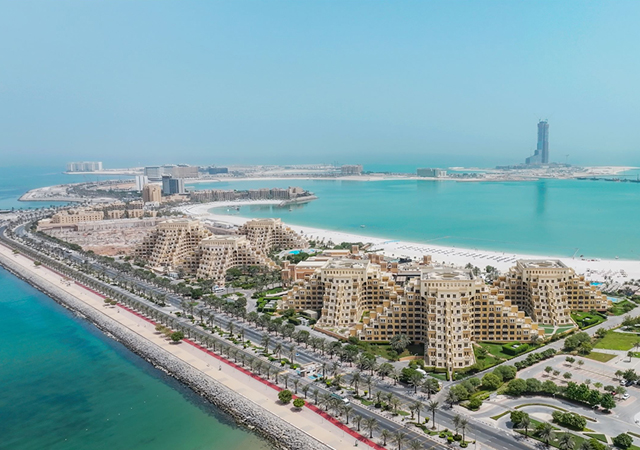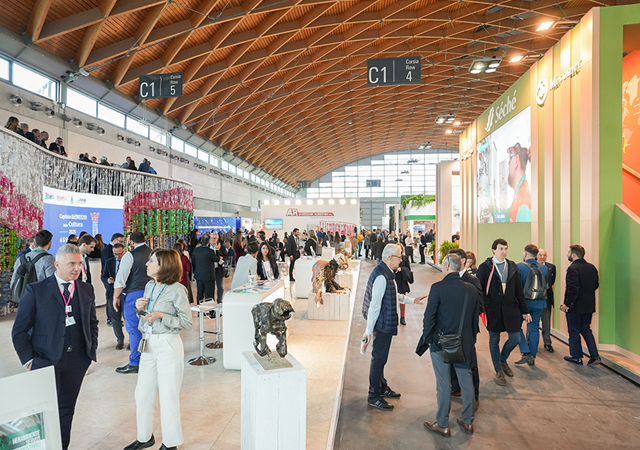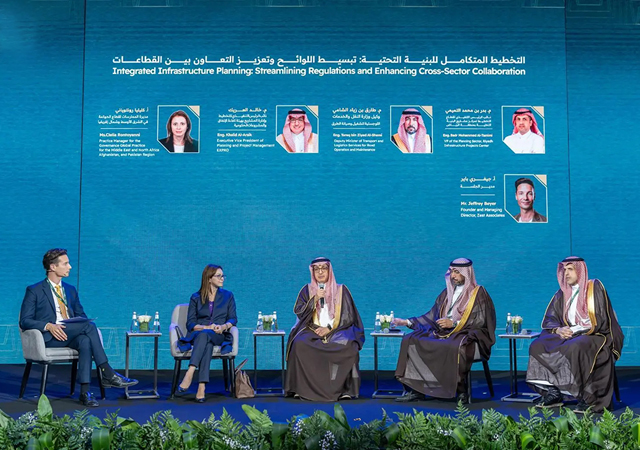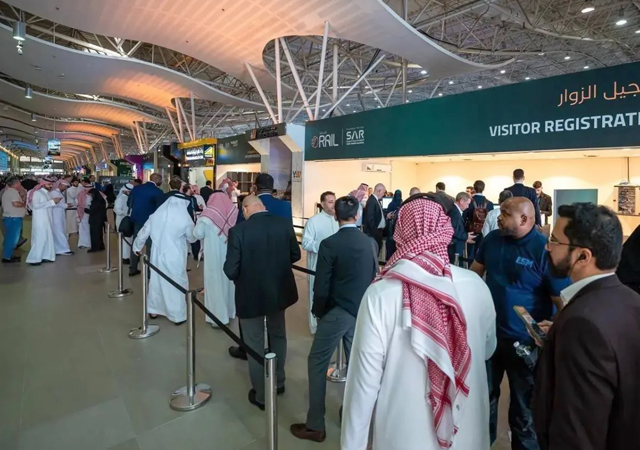
 Deep gravity sewer projects.
Deep gravity sewer projects.
BAHRAIN’S ambitious programme to upgrade the country’s aging sanitary and drainage network is making good progress with its key sewage treatment plant in Muharraq currently in the commissioning phase and various systems being evaluated to upgrade the Tubli water pollution control centre (WPCC).
For instance, in January a forum on Japanese sanitary engineering expertise was held at the Bahrain Society of Engineers, where solutions related to the sanitary engineering field in general and those for cleaning Tubli Bay were presented.
At the forum, the Ministry of Works (MoW) also elaborated the ambitious plans to improve the country’s sanitary and drainage network by building new sewage treatment plants and expanding current ones.
According to the masterplan, the MoW is working on three main areas: deep gravity sewers (DGS); sewage treatment plants (STPs); and treated sewage effluent (TSE), said Khalifa Al Mansoor, assistant undersecretary for sanitation, MoW.
Referring to the Muharraq STP project, which is being implemented by the ministry in partnership with the private sector, he said: “Experts have commended the project and have referred to it as a vital project complementing the urban boom that the kingdom is presently witnessing. The project, which uses microtunnelling technology, will serve Muharraq and produce water suitable for agricultural and industrial uses, in addition to improving the environment.
The Muharraq STP and conveyance system includes 16 km of trunk sewers to carry the sewage of the Muharraq area to the STP. It will have a capacity of 100,000 cu m per day, expandable to 160,000 cu m per day.
Turning to the Tubli project, Al Mansour indicated that the need to clean Tubli Bay is among the challenges facing the sanitary engineering sector. The Tubli STP and the expansion project is one of the most strategic projects being implemented by the MoW and aims to increase the capacity of the plant from 200,000 cu m per day to 400,000 cu m per day at an estimated cost of BD100 million ($265.9 million) under Phase Four expansion.
Al Mansour indicated that the third thermal sludge drying line at the Tubli STP features solar drying technology, which reduces sludge and eventually produces residue that can either be dumped or used as fertiliser, thus improving environment and controlling odour.
Yet another STP is to be constructed at an estimated cost of BD56 million ($148 million) at the Northern Town (Madinah Al Shamaliya), which is under development. With a 40,000-cu-m per day capacity, the plant will collect and treat sewage generated from this new town which is being built on reclaimed land off Budaiya. The scope of works include the construction of the main plant, trunk sewers, TSE lines, sea outfall and other necessary works to provide a complete system.
Apart from the sewage treatment plants, Bahrain also intends to install two networks for the utilisation of TSE, according to the assistant under-secretary. One such network will be built in Muharraq at an estimated cost of BD10 million ($26.6 million).
“The plan is to design and construct a TSE network to utilise the effluent discharged from Muharraq STP,” he says.
For utilisation of the TSE at the Tubli STP, the ministry plans to upgrade and expand the TSE network of Manama. This project will utilise the effluent discharged from Tubli STP, which will have a capacity of 400,000 cu m per day in 2017.
In addition, the MoW’s plans include deep gravity sewer projects that will cover various parts of the country:
• System 1, which will cost an estimated BD7.3 million ($19.4 million), will connect the sewer network (Network A) of northeast Manama and the Muharraq network (Network B);
• System 2, which will cost BD28 million ($74.4 million), will carry flow from southwest Bahrain (Hamad Town) to Tubli via a new deep trunk sewer which will discharge into the new main lifting station in Tubli WPCC;
• System 3, which is currently under construction, will connect private and public developments in northeast Muharraq including Diyar Al Muharraq, Amwaj, Dilmunia, Dair, Samaheej and Qalali to the Muharraq deep gravity sewer. It will cost BD26 million ($69.1 million);
• System 4, which aims to connect major pumping stations A1, C1 and R1 with the deep gravity sewer to the Tubli lifting pumping station, will cater to South Manama and Tubli. It will cost BD9.3 million ($24.7 million);
• System 5 for northwest Manama will carry sewage from Jasra and Hamala to Tubli via a new deep trunk sewer, which will discharge into the Hamad Town trunk sewer. This trunk will also carry the flow from Janabiya and Saar and consequently reduce the flow in the trunk sewer of the existing E Network. It will cost BD12 million ($31.9 million).



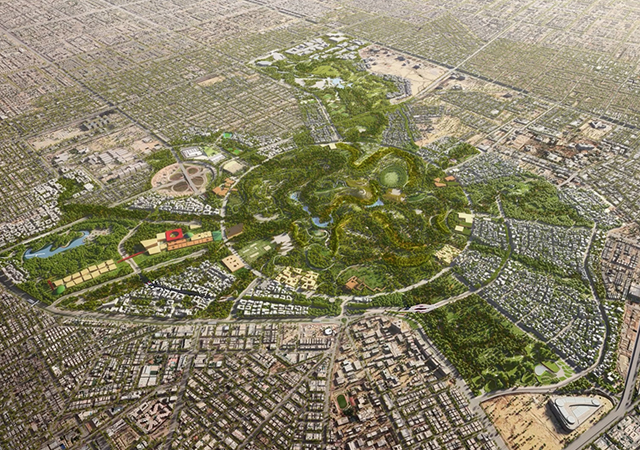
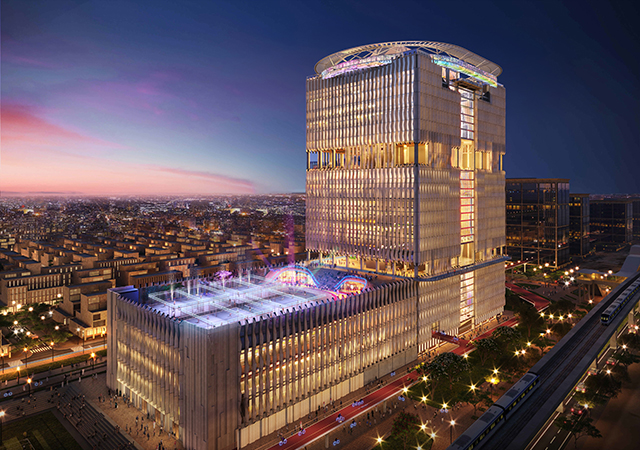
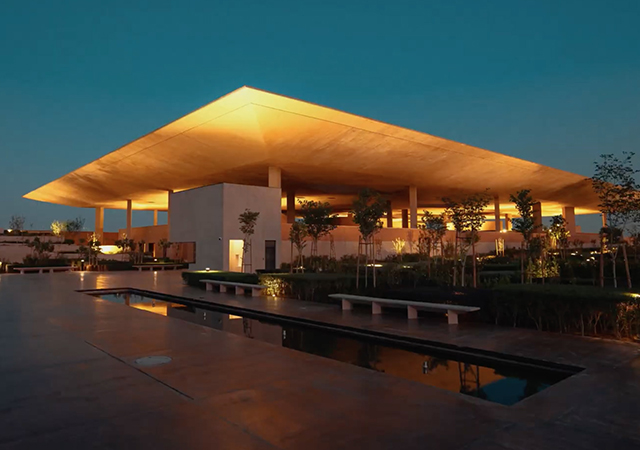
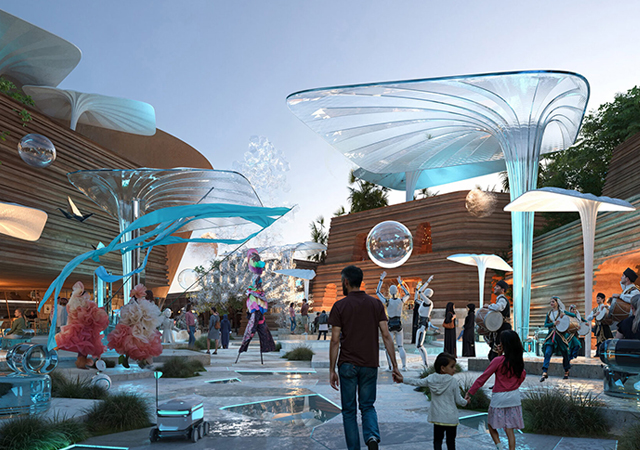
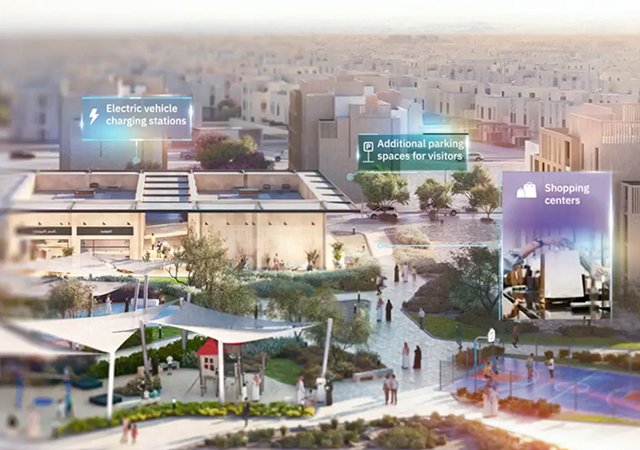
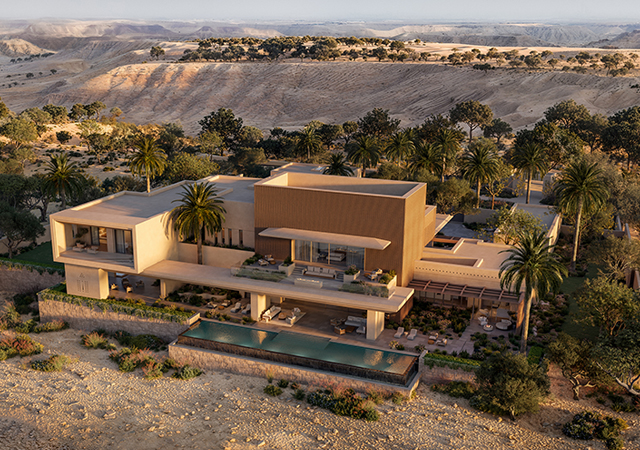
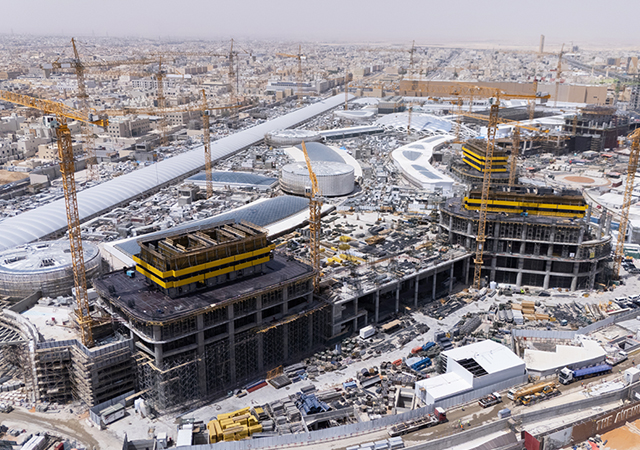
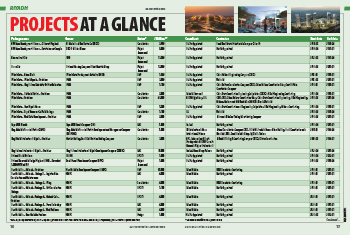
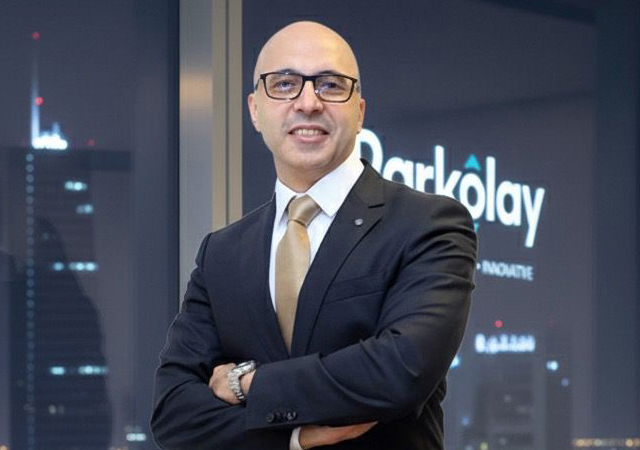
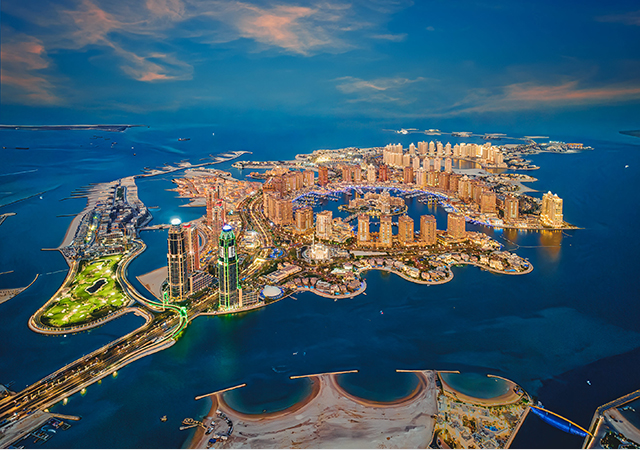
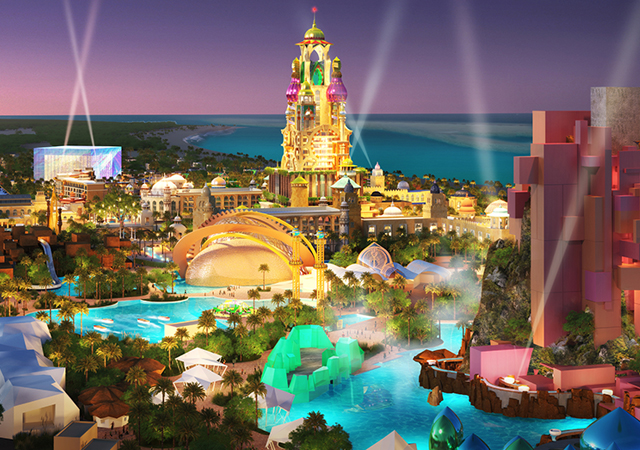
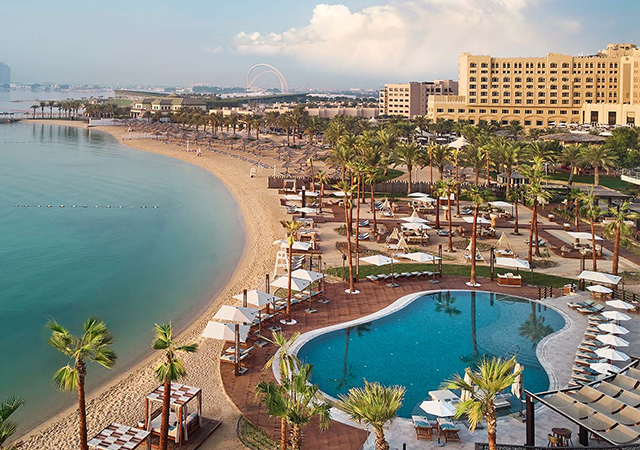
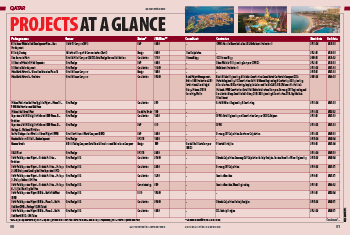
.jpg)
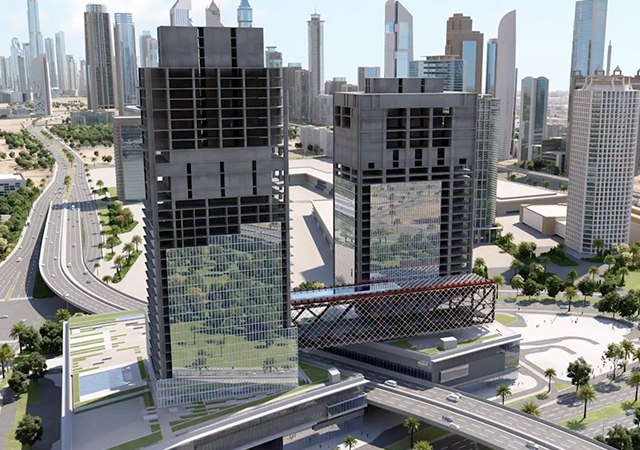
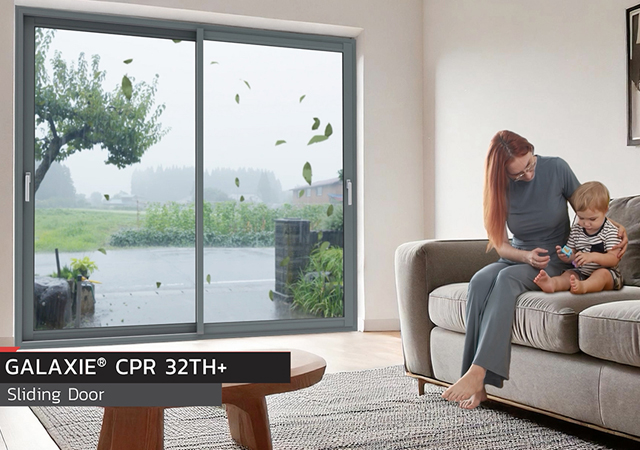
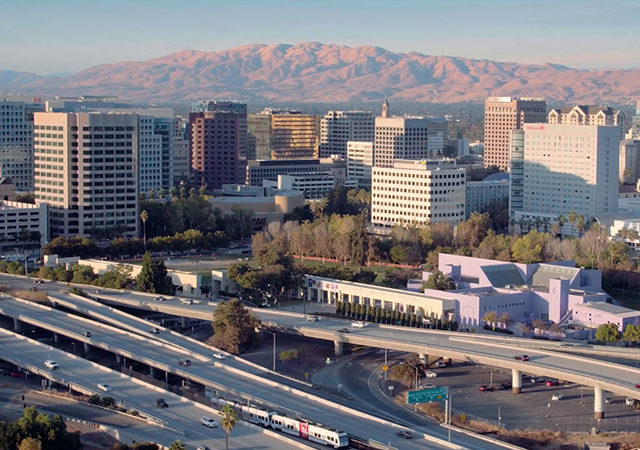
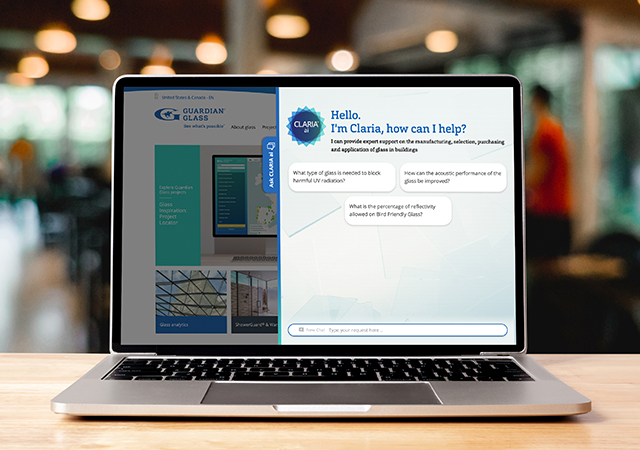

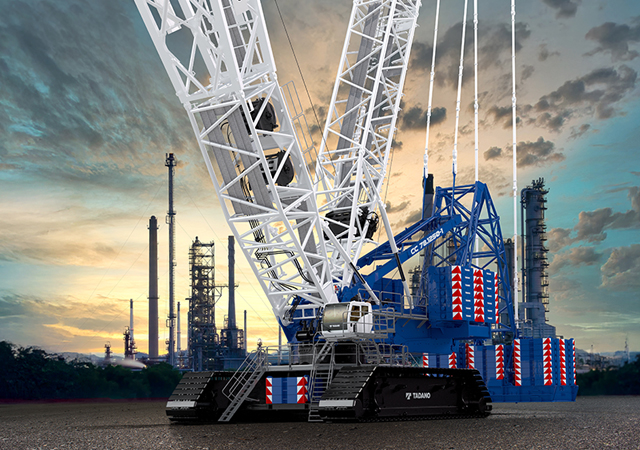
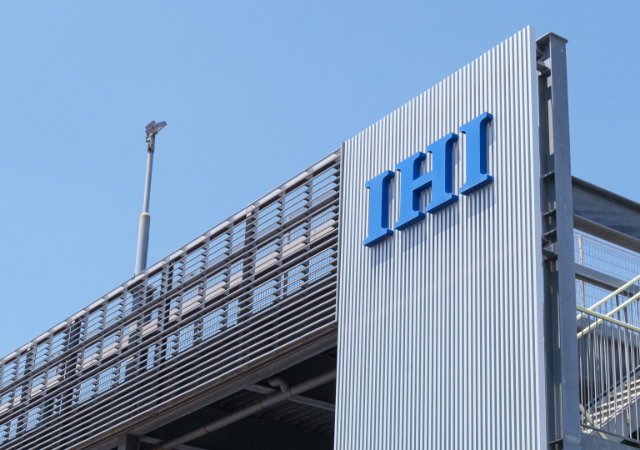
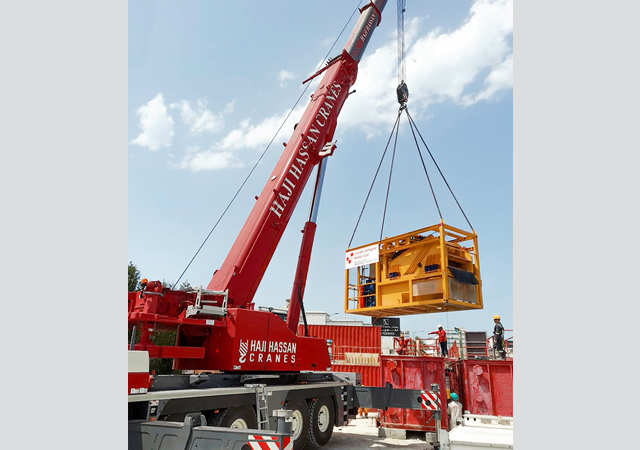
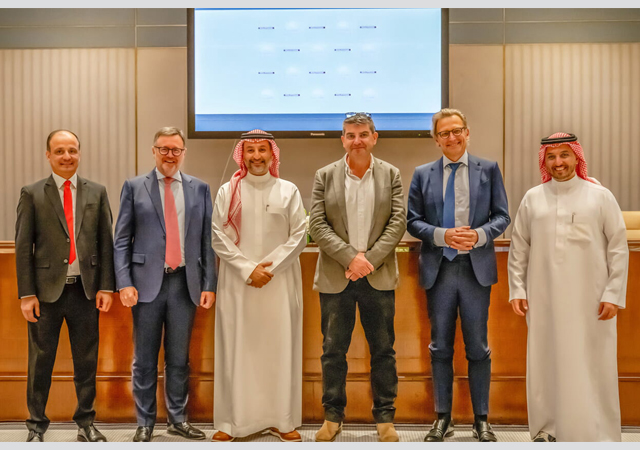
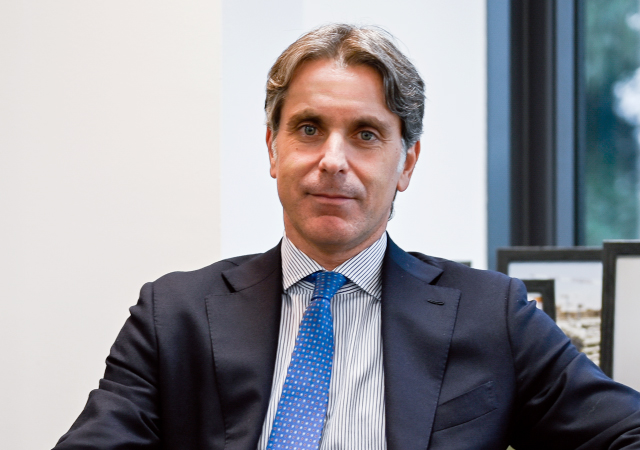
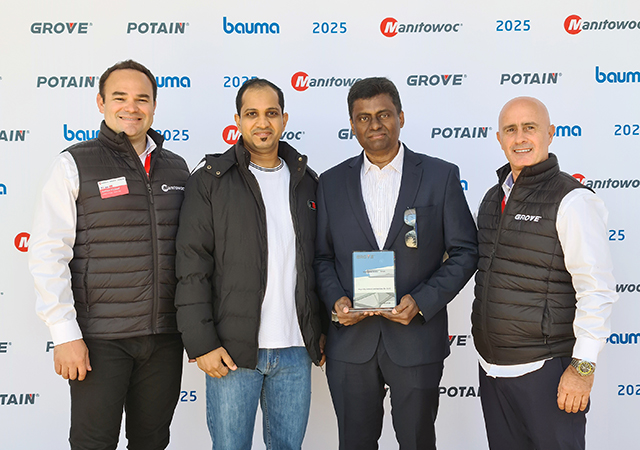
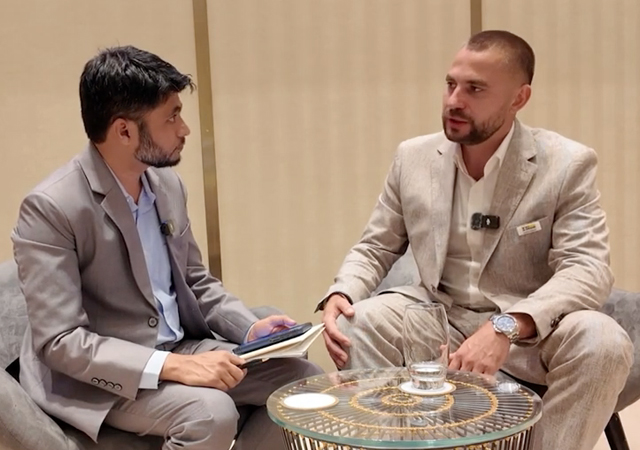
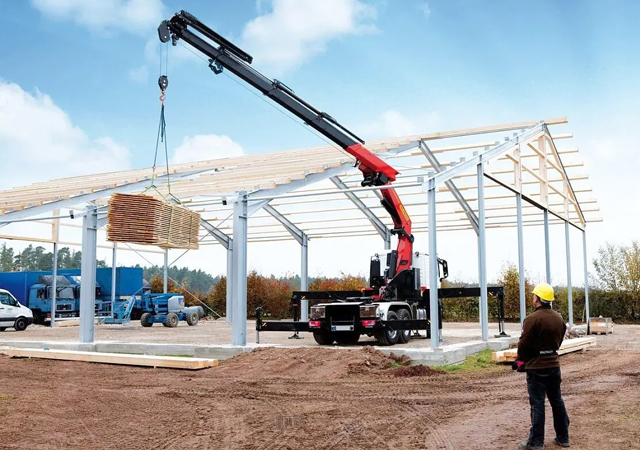
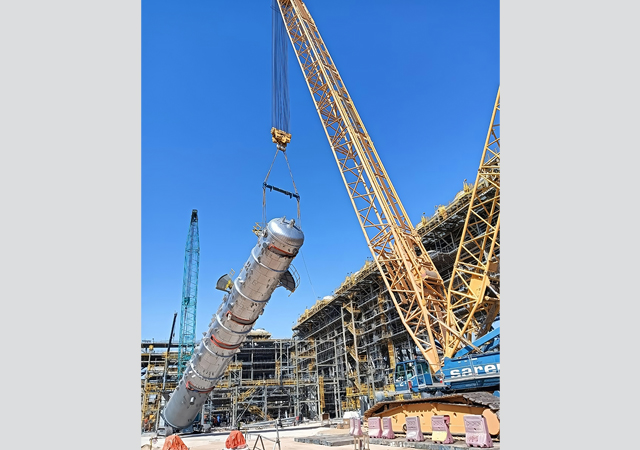
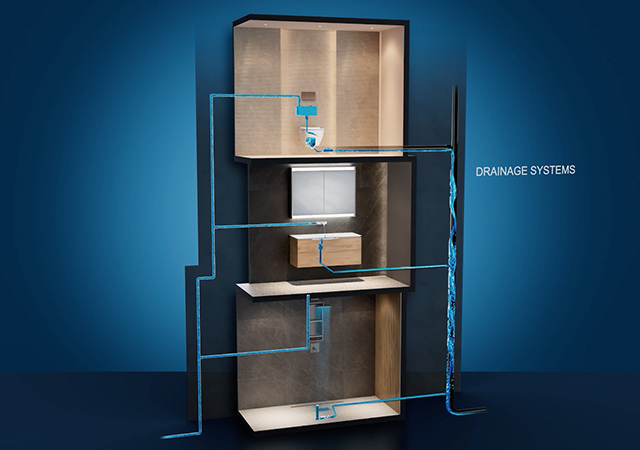
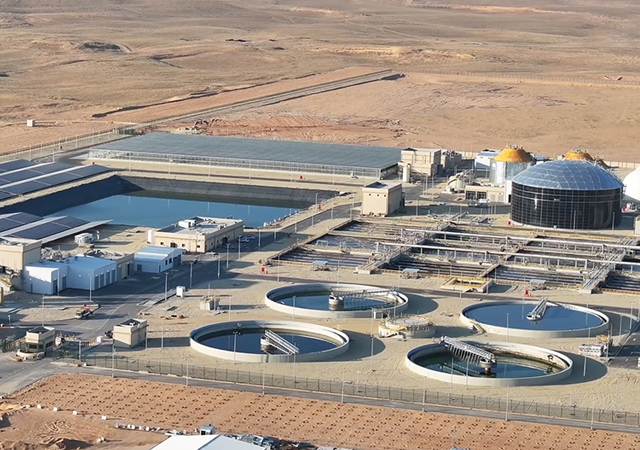

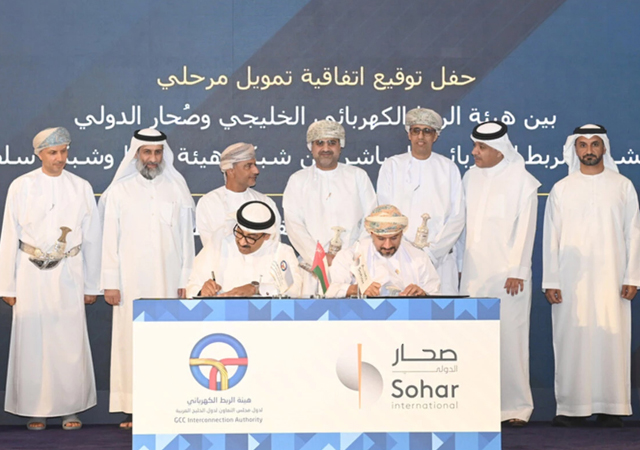
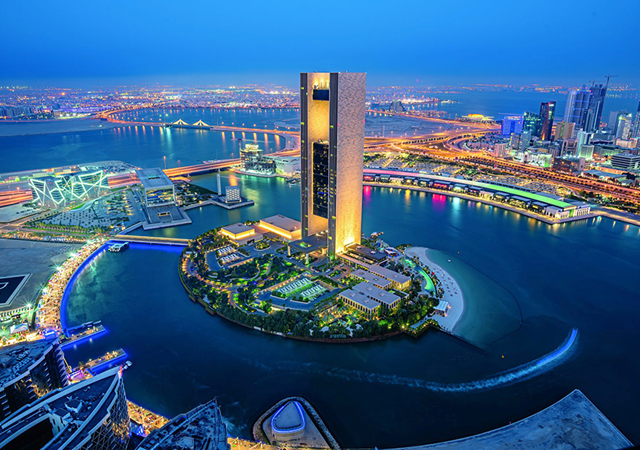
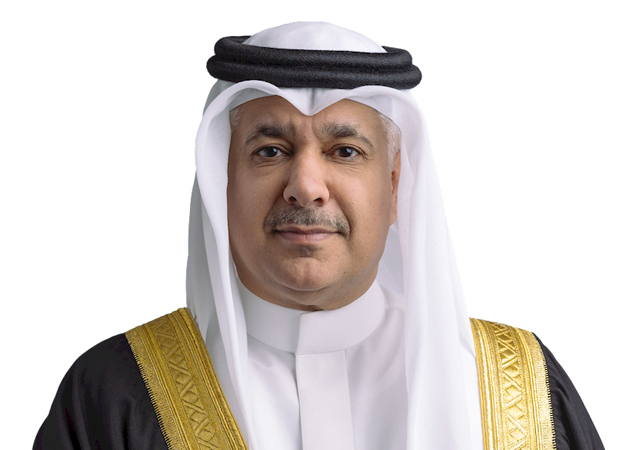
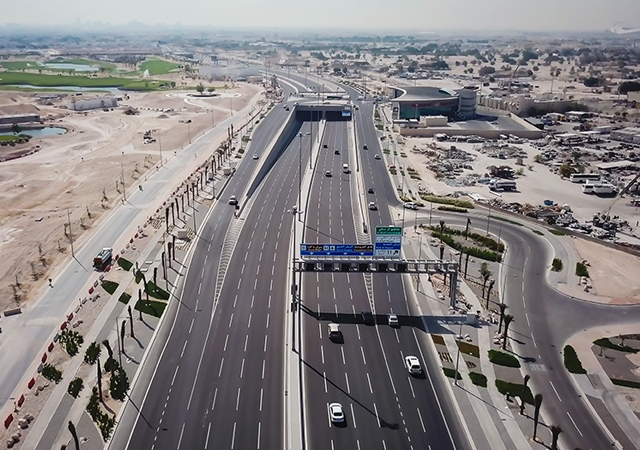
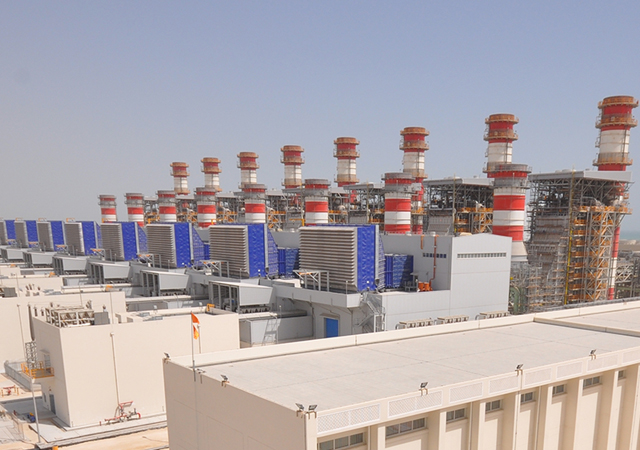
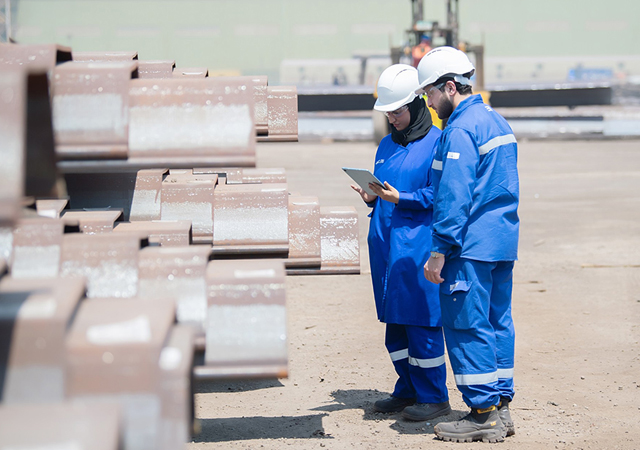
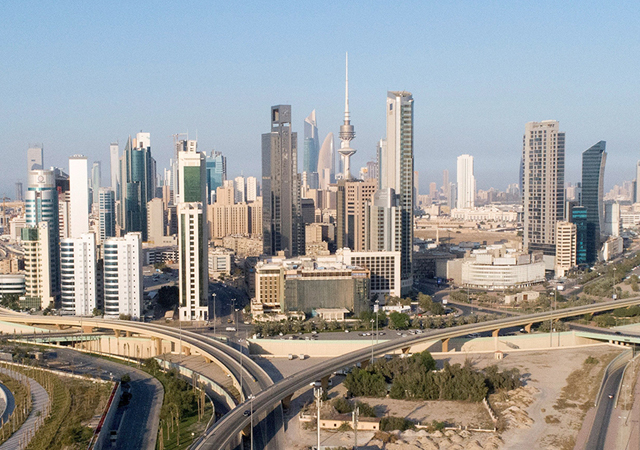
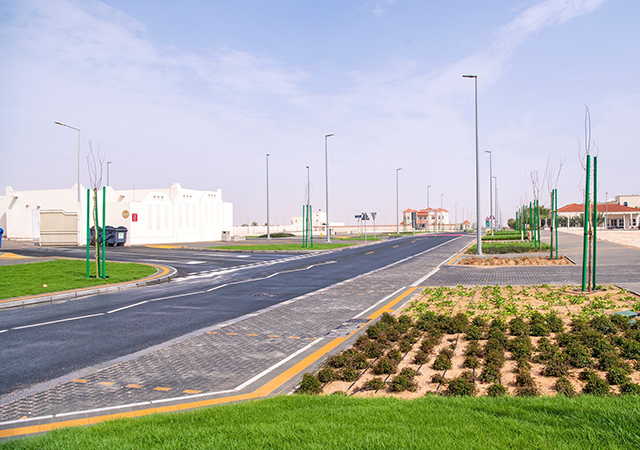
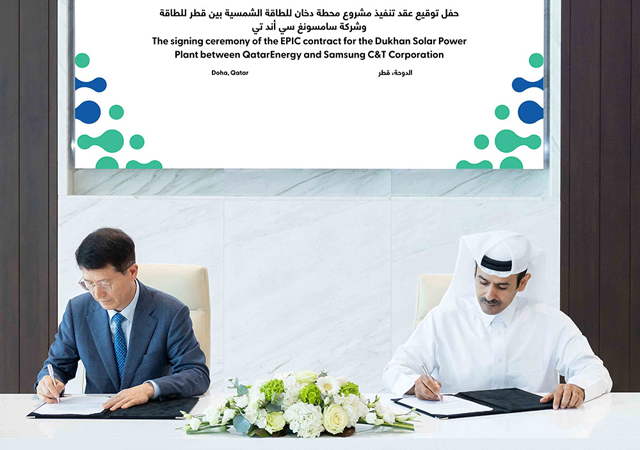
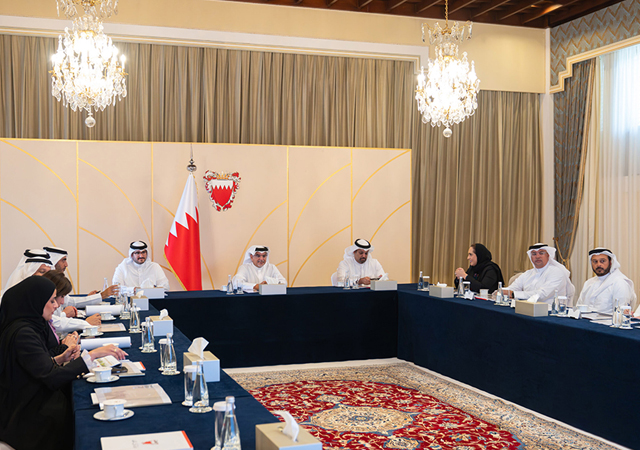
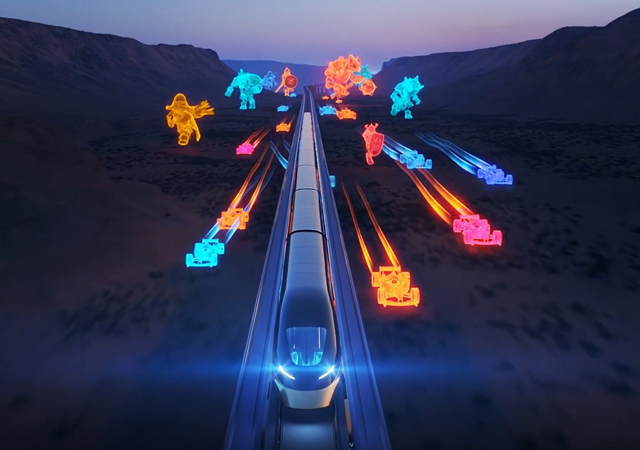
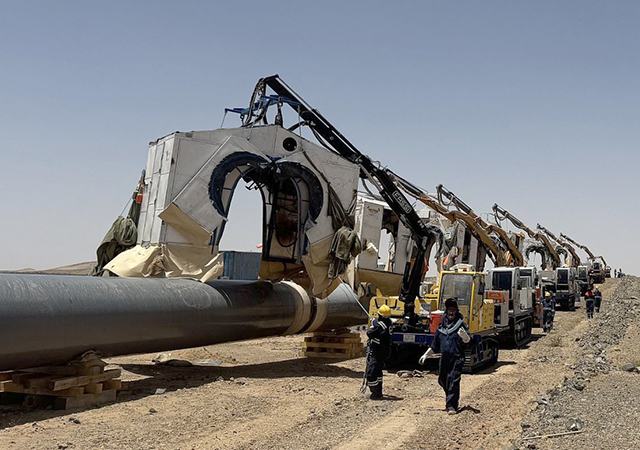
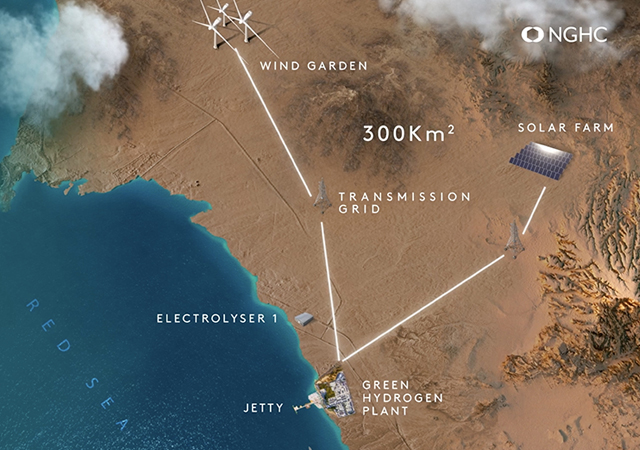
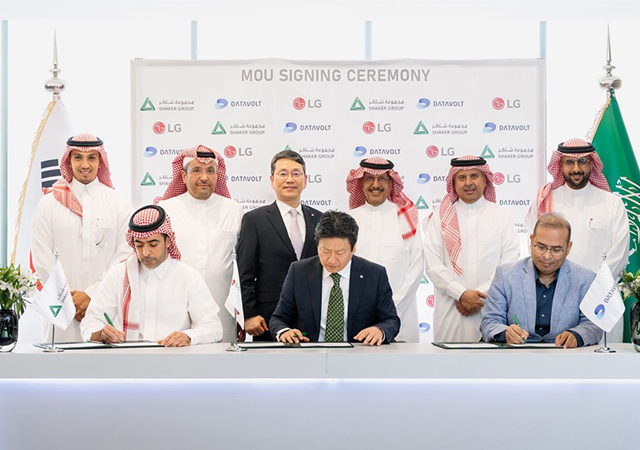
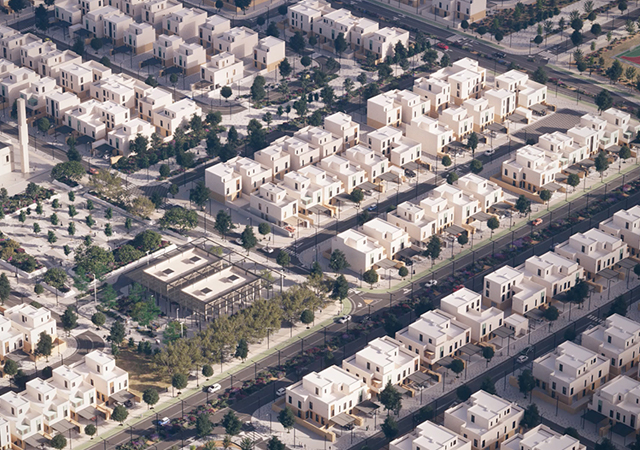
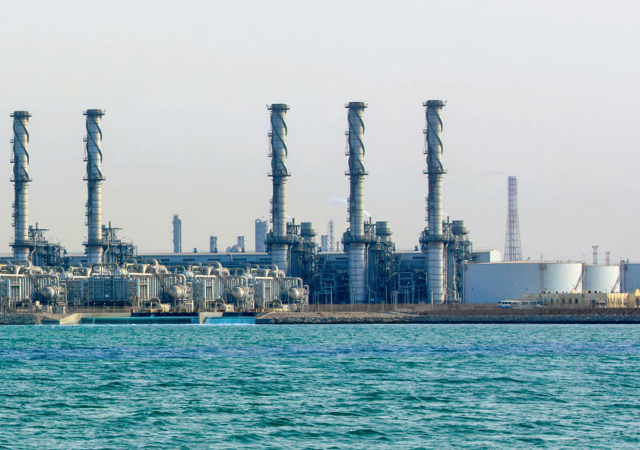
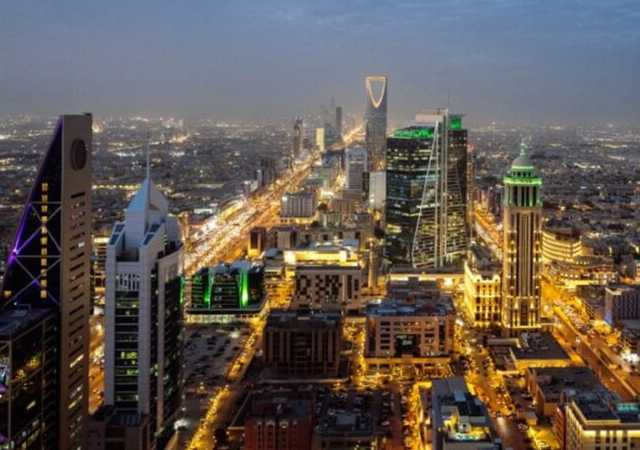
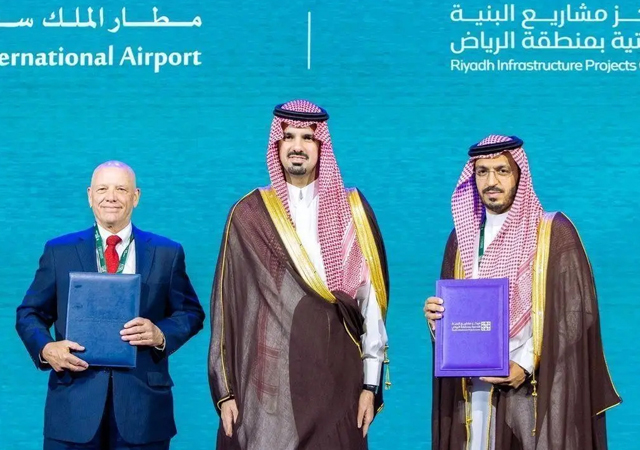
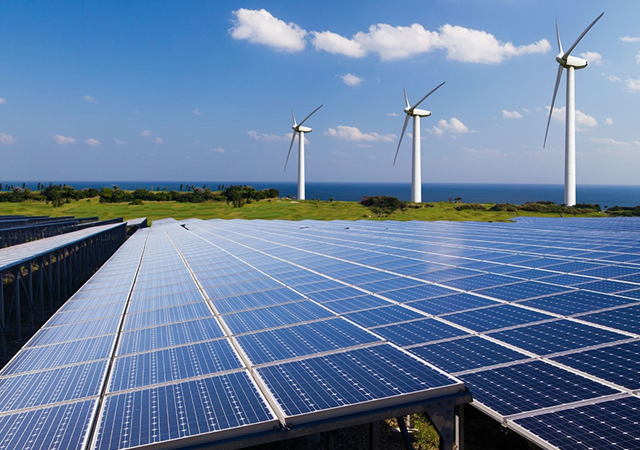
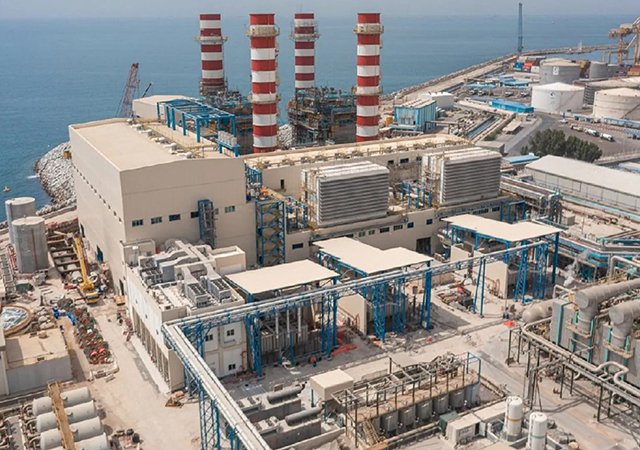
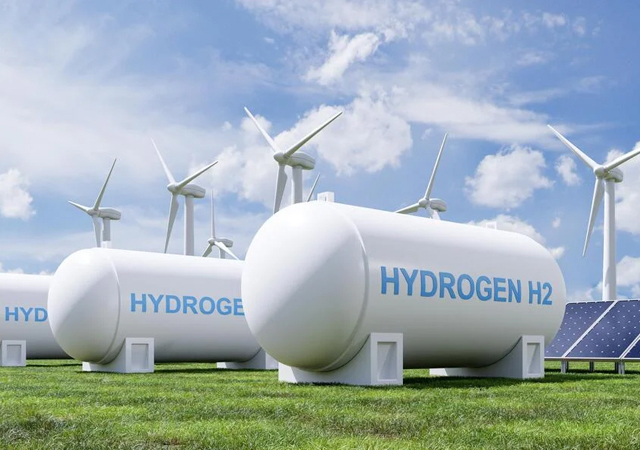

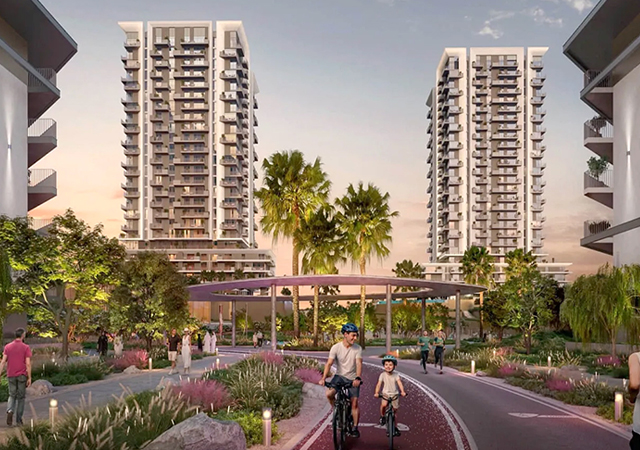
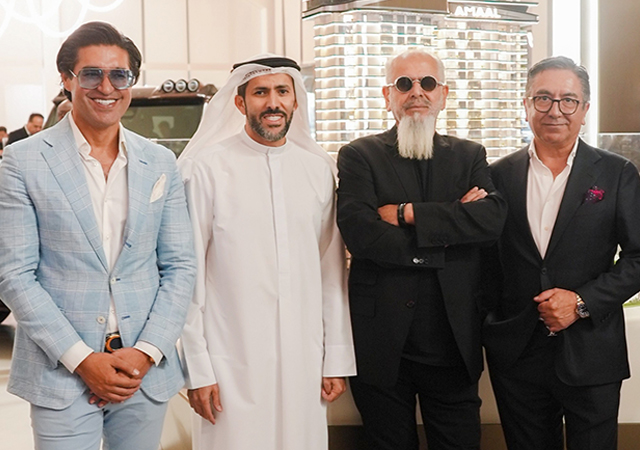
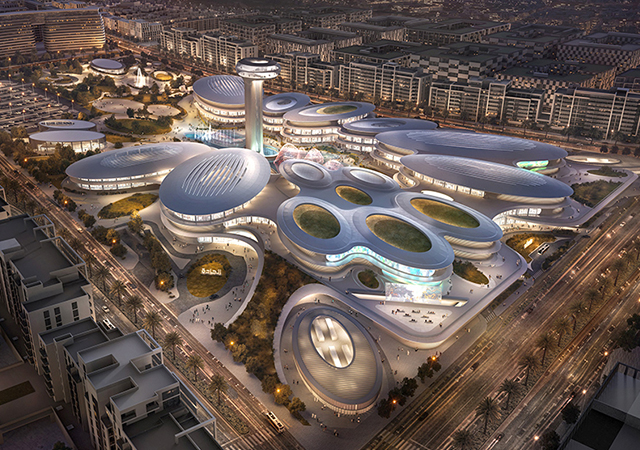
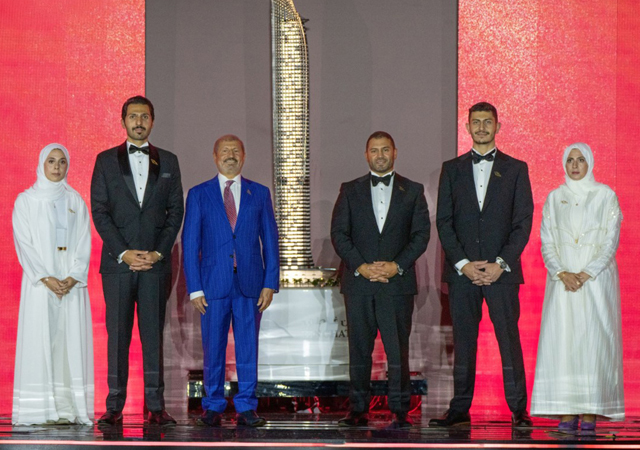
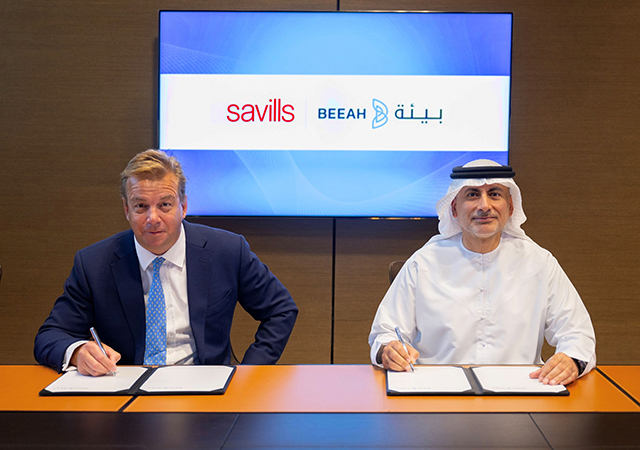
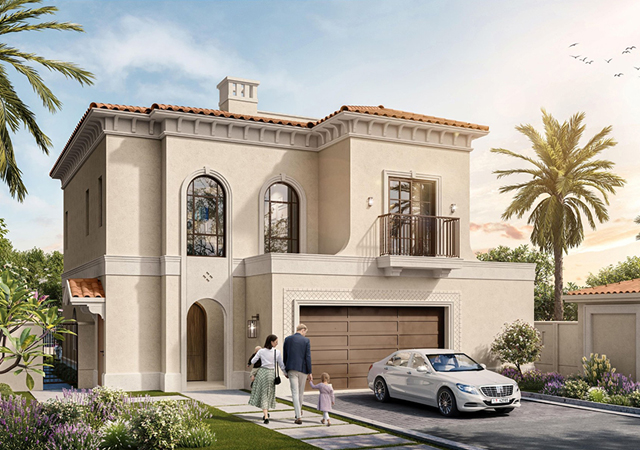
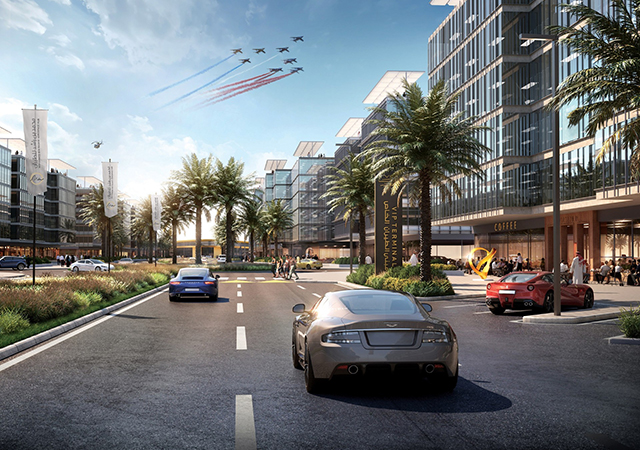
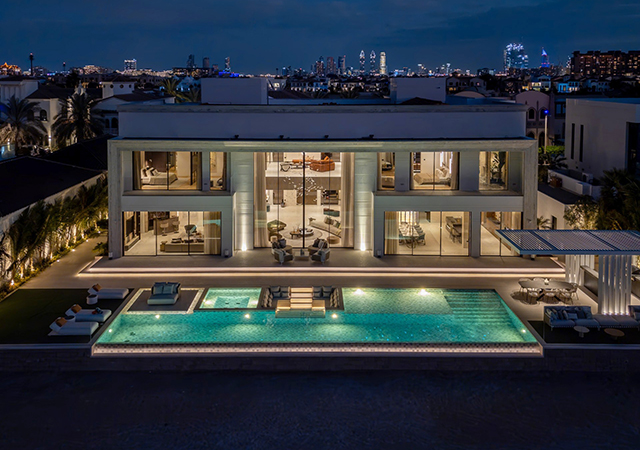
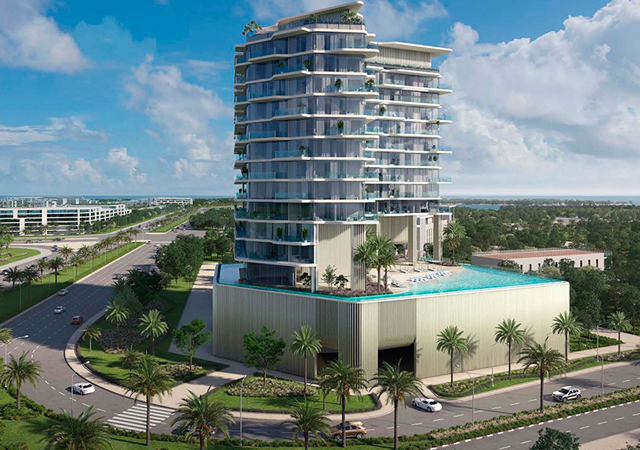
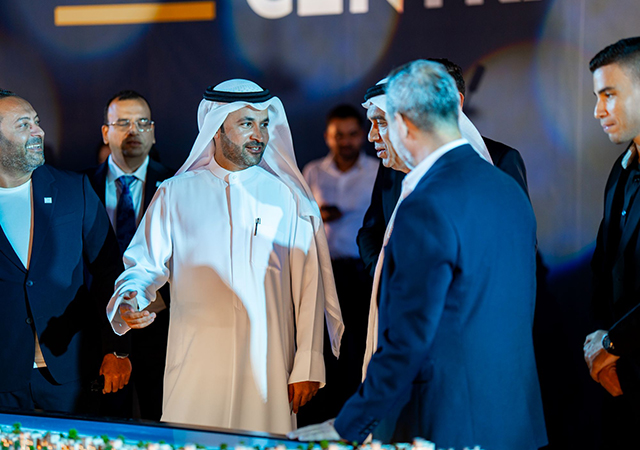
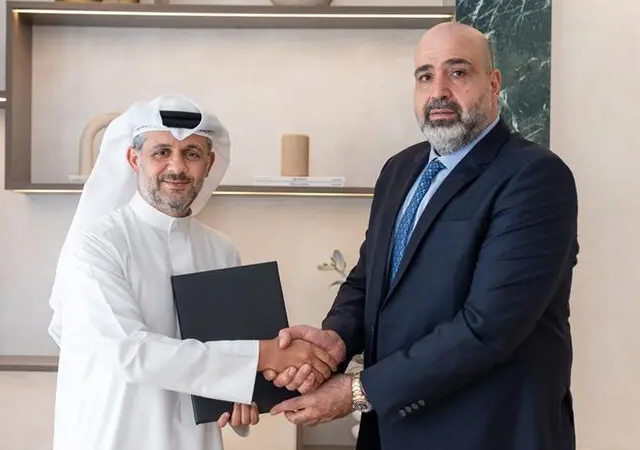
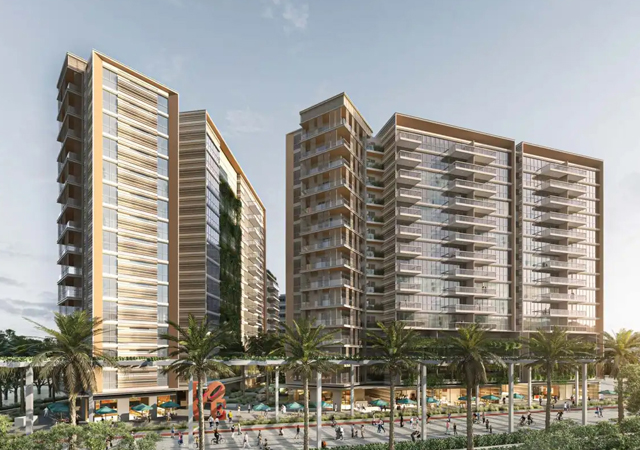
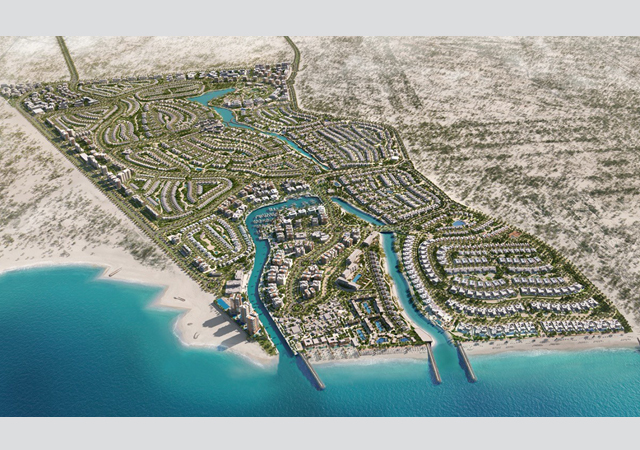
.jpg)
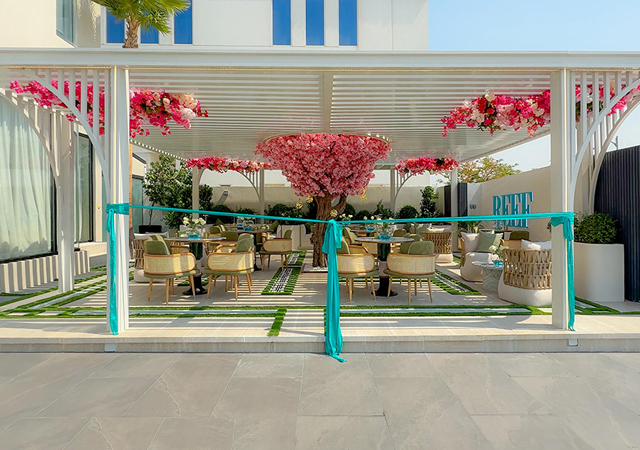
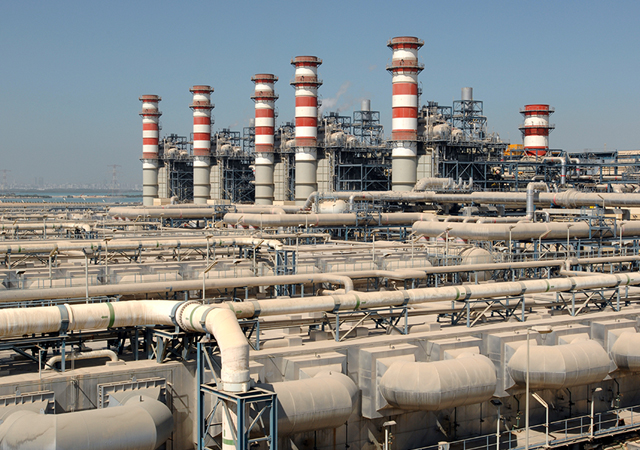
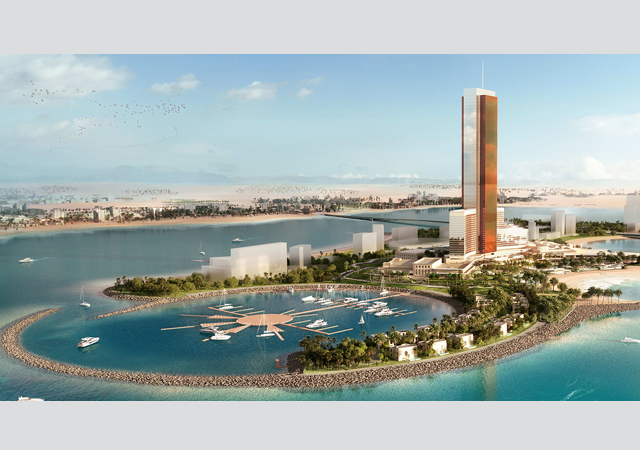
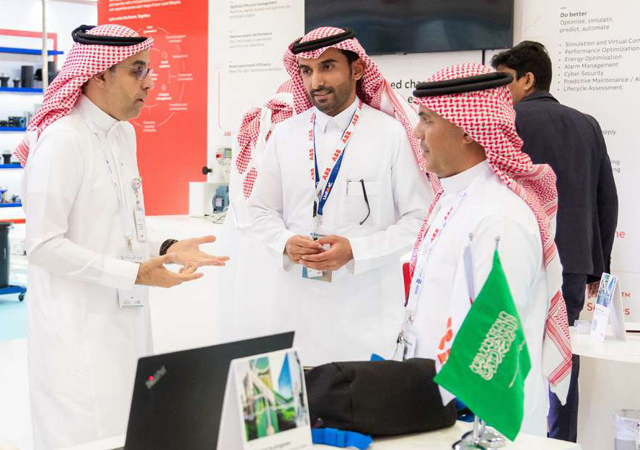
.jpg)
